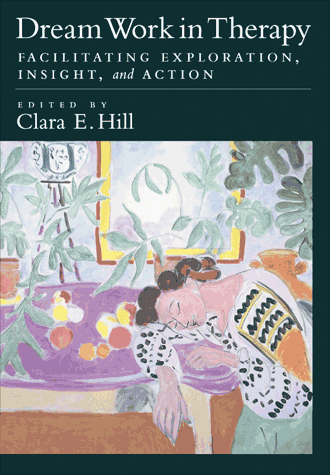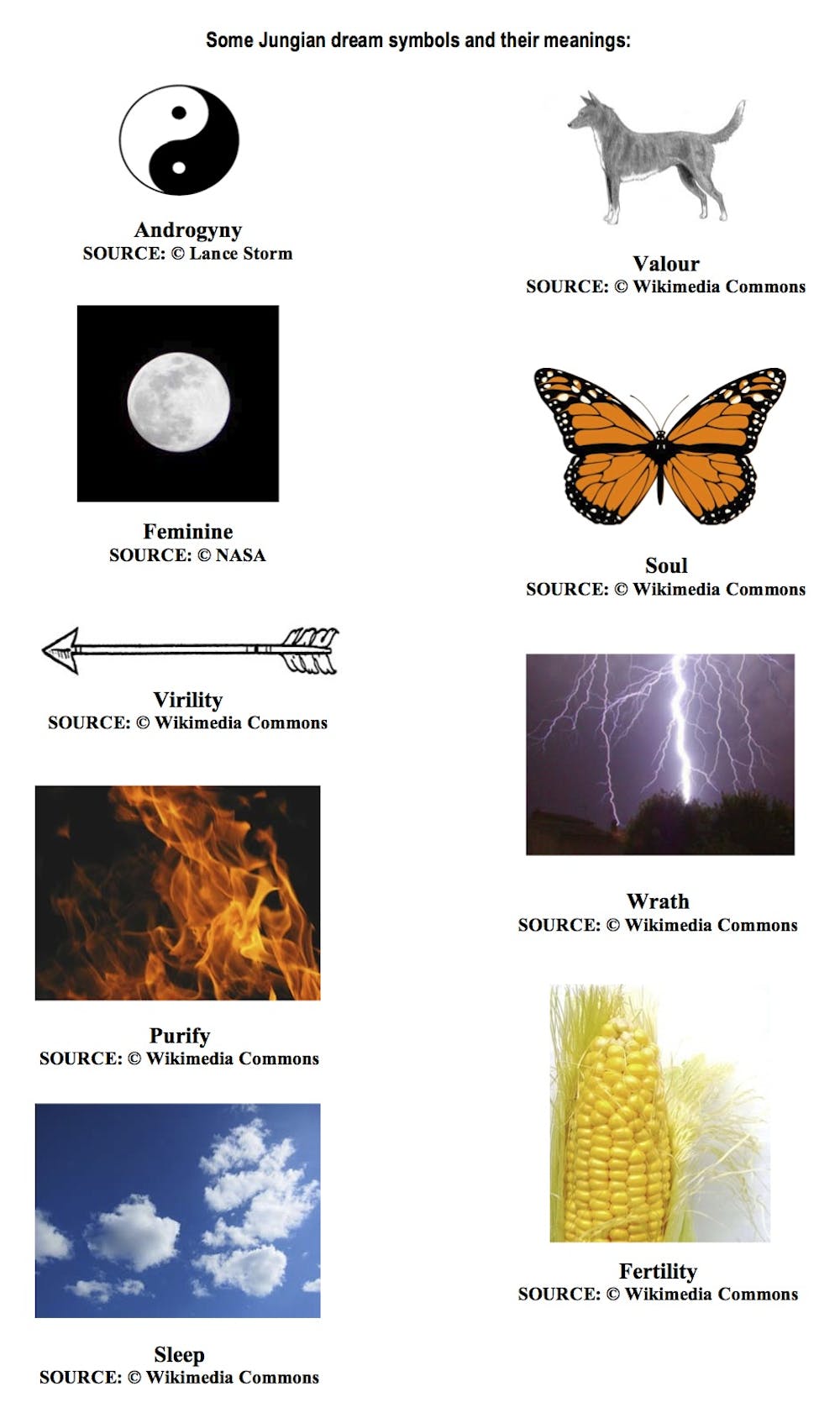Introduction
Dreams have fascinated humans for centuries, and throughout history, various theories and interpretations have emerged to explain their meaning. From ancient civilizations to modern psychologists, different perspectives have been proposed to understand the mysterious world of dreams. In this blog post, we will dive into some of the most well-known dream theories and explore the different ways dreams have been interpreted across cultures and time.
Dreams: A Mysterious Realm of the Mind
Throughout human history, dreams have been a subject of fascination and intrigue. These enigmatic experiences, occurring during the rapid eye movement (REM) stage of sleep, have captivated the curiosity of scientists, psychologists, and ordinary individuals alike. From ancient civilizations to modern times, various dream theories and interpretations have emerged to shed light on the hidden meanings behind our nocturnal adventures. In this article, we delve into the realm of dreams, exploring different theories and interpretations that have been proposed over the years.
The Freudian Theory: Unraveling the Unconscious
Sigmund Freud, the father of psychoanalysis, proposed a groundbreaking theory on dreams. According to Freud, dreams serve as a window into our unconscious mind. He believed that dreams were symbolic representations of repressed desires, wishes, and conflicts. Through the interpretation of dream symbols, Freud argued that one could gain insight into the hidden depths of their psyche. For example, a dream about flying might symbolize the desire for freedom or liberation.
The Activation-Synthesis Theory: A Neurobiological Perspective
In contrast to Freud’s psychoanalytic theory, the activation-synthesis theory, proposed by J. Allan Hobson and Robert McCarley, takes a neurobiological approach. According to this theory, dreams are a result of random neuronal activity in the brain during REM sleep. The brain attempts to make sense of these random signals by creating narratives, leading to the formation of dreams. In essence, dreams are seen as the brain’s attempt to synthesize and make sense of internal neural activity.
Psychological Theories: Insights into the Mind
Beyond the Freudian and neurobiological explanations, various psychological theories have emerged to offer alternative perspectives on dream interpretation. These theories emphasize the role of cognition, memory, and emotions in shaping our dreams.
The Cognitive Theory: Mapping the Mind’s Processes
The cognitive theory of dreaming suggests that dreams are a reflection of our conscious thoughts and mental processes. Dreams are seen as a way for the brain to consolidate and process information, as well as to solve problems encountered during waking life. This theory proposes that dreams are influenced by our thoughts, beliefs, and experiences, and can provide insights into our cognitive functioning.
The Threat Simulation Theory: Preparing for Survival
One intriguing theory, known as the threat simulation theory, posits that dreams simulate potential threats and challenges to help us prepare for real-life dangers. According to this theory, dreams allow us to practice responses to threatening situations, fostering adaptive behavior and increasing our chances of survival. For instance, a dream involving a predator chasing us may enhance our fight-or-flight response in waking life.
Cultural and Symbolic Interpretations: Unveiling Hidden Meanings

Across different cultures, dreams have been assigned symbolic meanings, allowing individuals to seek guidance, make decisions, and understand their place in the world. These interpretations often draw upon cultural beliefs, myths, and archetypes.
The Jungian Theory: Archetypes and Collective Unconscious
Carl Jung, a Swiss psychiatrist, developed the theory of the collective unconscious and its influence on dream symbolism. According to Jung, dreams connect us to a collective pool of shared knowledge and experiences. He proposed that dreams contain archetypal symbols, such as the wise old man or the anima/animus, which represent universal themes and patterns of the human psyche. Jung’s theory suggests that dreams can provide valuable insights into our personal and collective unconscious.
Exploring Different Dream Theories and Interpretations
Summary
Understanding the significance of dreams has been a captivating quest for humans across cultures and time. This blog post aims to explore diverse theories and interpretations surrounding dreams, shedding light on the intriguing realm of the subconscious mind. We will delve into ancient beliefs, such as those found in ancient Egyptian and Greek cultures, and examine how they viewed dreams as messages from the divine. Additionally, we will discuss modern psychological theories, including Sigmund Freud’s psychoanalytic approach, which suggests that dreams provide insights into our unconscious desires and fears. Moreover, we will explore the concept of lucid dreaming and its potential for self-discovery and personal growth. By examining my blog these theories and interpretations, we hope to gain a deeper understanding of the enigmatic world of dreams and how they impact our waking lives.

Welcome to my website! My name is Jack Rosman, and I am a professional Dream Psychologist dedicated to helping individuals achieve better sleep, understand their dreams, and improve their overall well-being. With years of experience in the field, I am passionate about providing effective snoring solutions, sleep therapy, sleep supplements, and dream analysis to enhance the quality of your sleep and unlock the hidden messages within your dreams. Read More

